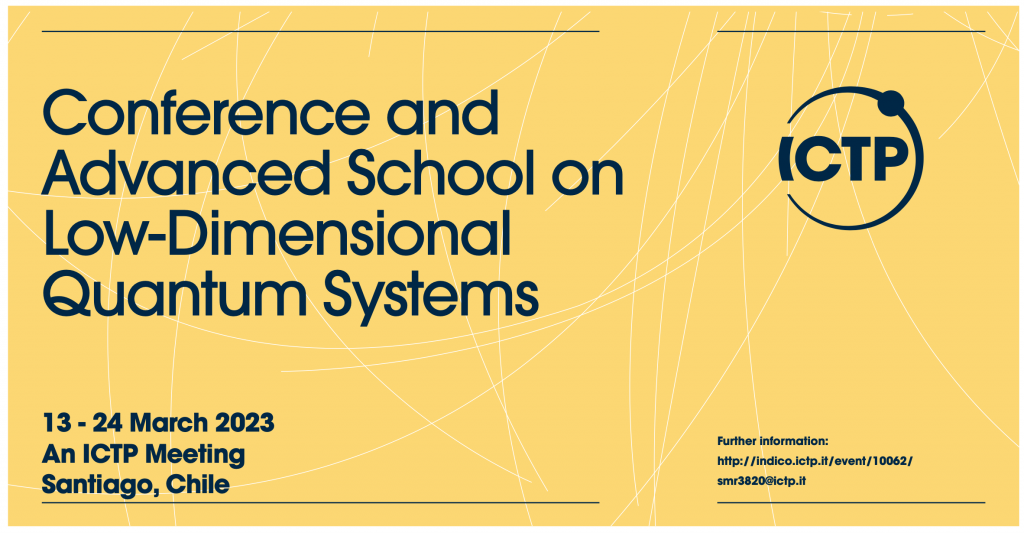Our latest paper of 2024 “Lévy flight for electrons in graphene in the presence of regions with enhanced spin-orbit coupling” has just appeared in Physical Review B.
In this work, we propose an electronic Lévy glass built from graphene nanoribbons in the presence of regions with enhanced spin-orbit coupling. Although electrons in graphene nanoribbons present a low spin-orbit coupling strength, it can be increased by a proximity effect with an appropriate substrate. We consider graphene nanoribbons with different edge types, which contain circular regions with a tunable Rashba spin-orbit coupling, whose diameter follows a power-law distribution. We find that spin-orbital clusters induce a transition from superdiffusive to diffusive charge transport, similar to what we recently reported for nanoribbons with electrostatic clusters [Phys. Rev. B 107, 155432 (2023)]. We also investigate spin polarization in the spin-orbital Lévy glasses, and show that a finite spin polarization can be found only in the superdiffusive regime. In contrast, the spin polarization vanishes in the diffusive regime, making the electronic Lévy glass a useful device whose electronic transmission and spin polarization can be controlled by its Fermi energy. Finally, we apply a multifractal analysis to charge transmission and spin polarization, and find that the transmission time series in the superdiffusive regime are multifractal, while they tend to be monofractal in the diffusive regime. In contrast, spin polarization time series are multifractal in both regimes, characterizing a marked difference between mesoscopic fluctuations of charge transport and spin polarization in the proposed electronic Lévy glass.
The results stem from the work of new Ph.D student Diego B. Fonseca, which is co-supervised by Anderson L. R. Barbosa at UFRPE.


